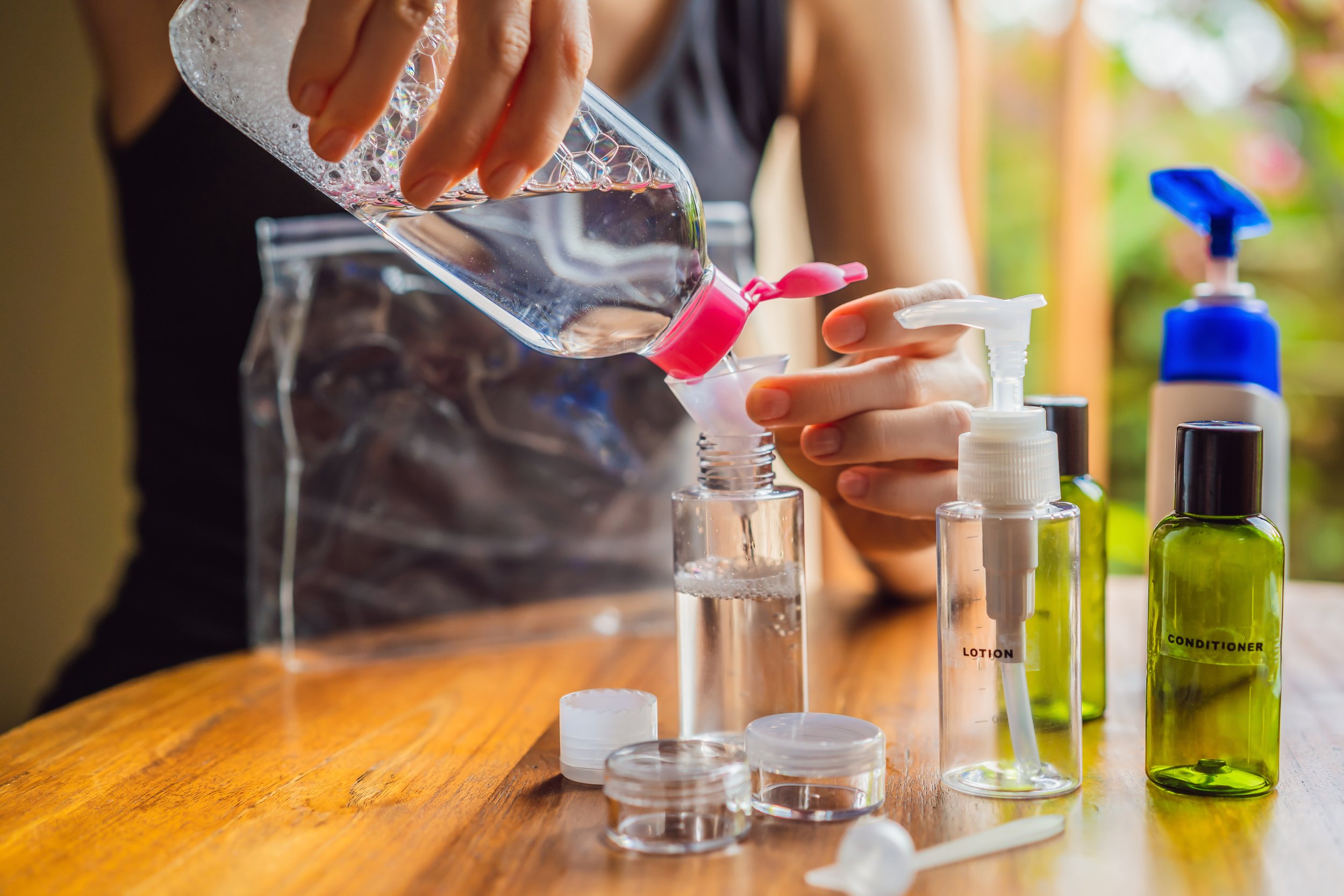Refillable cosmetics
Did you know that simply recycling your cosmetic packaging is just not enough anymore? With increased consumer awareness on this topic and the desire to decrease one's environmental footprint, more individuals are looking for plastic-free or reduced plastic options when it comes to their daily purchases.
As a result, more and more brands are launching refillable options for products like shower gels, lipsticks, deodorants, makeup palettes and even fragrances. In addition, with the UK Plastic Packaging Tax coming into force in April, it is no doubt that even more brands will be working to decrease the amount of plastic they use and lean towards more sustainable approaches.
There are quite a few different ‘refillable’ concepts, but each comes with it’s own challenges:
Concentrated then diluted by consumer to reach full product size (e.g. adding 1 ml of the concentrated product to 100ml of water for use over time)
The Cosmetics Regulation does not specifically prohibit the practice of placing concentrated products on the market but equally there isn't any specific allowance for this either. Therefore, the safety aspects of the Regulation and whether these can be met need to be considered. We believe that the main Article 3 provision on safety may be difficult to achieve unless all variables can be brought under control.
For example: There are maximum limits that apply to certain ingredients like preservatives. Our interpretation is that you cannot exceed those levels in the concentrate even though the intended use would be diluted. What is the reason for this viewpoint? We cannot guarantee that the consumer will actually dilute the product according to instructions (e.g using 100ml of water or adding exactly 1ml of concentrate) but, as mentioned above, the Regulation also doesn’t contain specific allowance for such a concentrated format.
If you look at other types of product on the market such as laundry detergent it is quite common for consumers to add more than directed. Therefore, there is an actual risk that the foreseeable finished product will not look like the product used by the consumer.
This is only one of the challenges for this sort of format, and it is perhaps one of the least common ones seen on the market for that reason. But we are expecting innovative ideas in the future that could address these concerns and would be able to make the dilution process more controlled in the home of the consumer (e.g innovative packaging, digital tools …)
Refills in stores (re-using product container)
Offering a refill in store rather than giving an option for the consumer to do it at home reduces some risks, as specific pack cleaning processes can be developed as well as employees can be trained to ensure good manufacturing processes are adhered to.
With regard to the re-use of the pack, some additional testing at development stage may be required to assess robustness of the pack and how many times it can actually be re-used whilst maintaining its integrity.
Refills sold in larger containers, (re-use your own bottle)
If the consumer is re-using their own packaging from another product, there is no way to control how the consumer cleans out or sanitises the packaging before re-use. This may add additional contaminants to your products and introduce new risks. It should also be considered that certain packaging materials may interfere with the formulation, so the consumer needs to be informed on what type of pack they can refill.
Refillable pods (e.g. for moisturisers)
This refillable option is the lowest risk as the formula is contained and the consumer just pops it into their existing pack.
Here the issue is more with it’s the least eco option as the consumer would still have to purchase the original container to be able to get the refill pod, and in the end the refill pod gets thrown out anyways. However, it is still less wasteful than buying a new product every time.
For some of these formats to be a suitable option, the brand firstly needs to consider if the refill format will meet the overall safety obligation of the cosmetic regulation. In any case, the consumer must be given clear instructions and these must cover as a minimum: use of specific packaging material, washing/drying/sanitising pack before and in between re-uses and in some cases method for refill.
It is really exciting to see what other formats the industry will come up with and how it can work to overcome some of the challenges that these formats currently present.
Elizaveta Luneva


